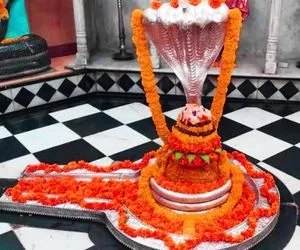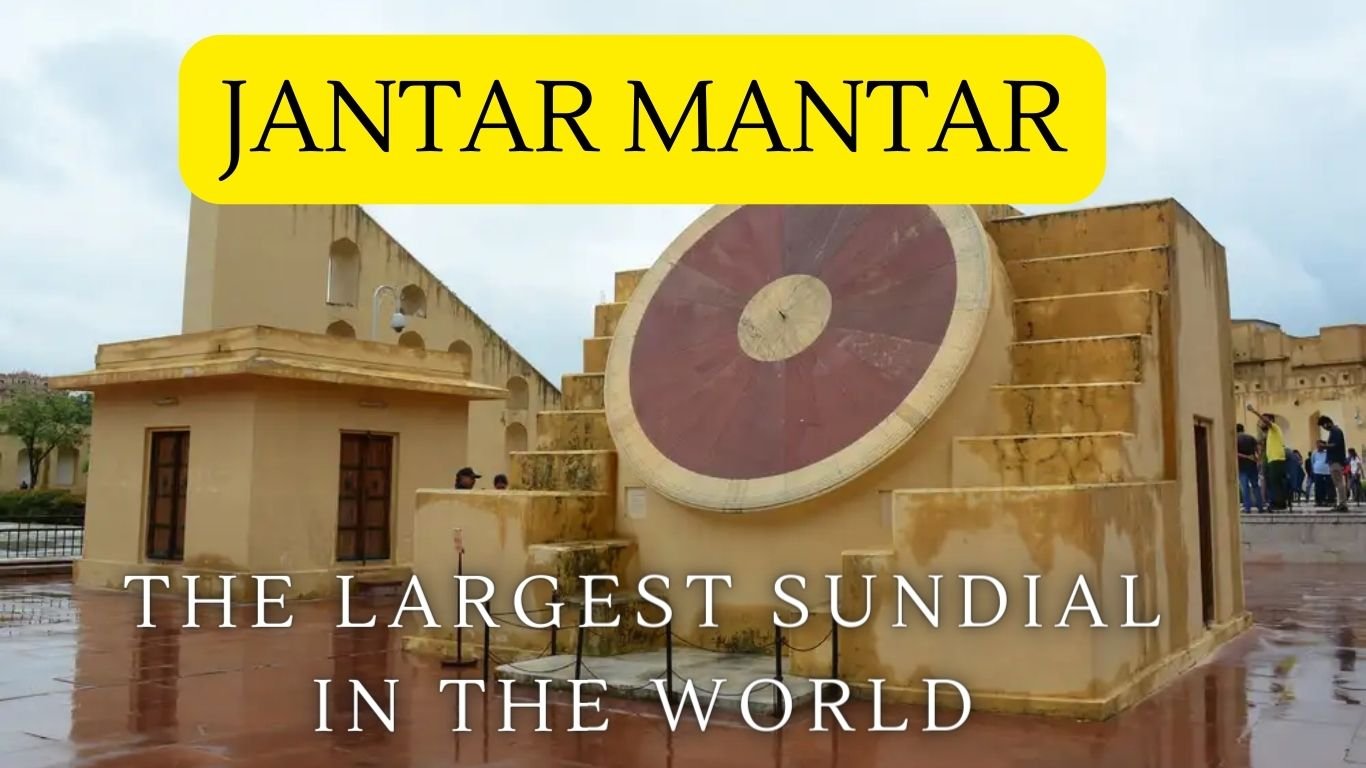Lord Shiva is also known as Nageshwar which means “God of Snakes”. To worship Nageshwar, there is a jyotirlinga established in Dwarka, Gujarat, India Known as Nageshwar Jyotirlinga or Nageshvara Jyotirlinga. It is one of the 12 Jyotirlingas of Mahadev. This temple has a great legend about this temple. It is one of the most sacred places in Hinduism. It is also believed that Lord Krishna himself used to worship Lord Shiva hereby performing the rudrabhishekam here.
Origin of Nageshwar Jyotirlinga

There is a great legend behind the origin of Nageshwar Jyotirlinga.
The legend says that there was once a demon called Daruk who lived in the forest along with his wife, Daruka. Because of a boon from Goddess Parvati, the demons had great powers which they abused to disturb festivities. They even captured and imprisoned a great devotee of Lord Shiva – a merchant named Supriya. Even in prison, Supriya continued his Shiva puja, wearing the holy rudraksha and chanting the Shiva mantra – Om Namah Shivaya. His devotion touched the Lord as he appeared before him, slayed the demon and saved him. The place where the demon was killed is called Daarukavanam. It is said that the Lord placed the Shiva Linga (called Naganath) there to establish his residence there.
Architecture of Temple

The architecture of Nageshwar temple is built in the western style. Following the principles of Vastu Shastra, the plan of Nageshwar Jyotirlinga is made on the Syanama (sleep) posture of the human body. It is divided into 5 main parts. In it the Mahadwara (feet) is the main gate of the temple, the devotees enter with the feet. After that the entrance (hands) it has two sacred idols of Lord Hanuman and Lord Ganesha symbolized by two hands.
Sabha Mandap (Stomach and Chest) The main prayer hall with prayer rugs symbolizes the human stomach and chest. Antarala is the place of worship of Nandi, the vehicle of Lord Shiva and the sanctum (head) housing the main Shiva linga, the sanctum sanctorum being the head in the human body. Nageshwar temple faces south while Gomugam faces east.
References From :-




